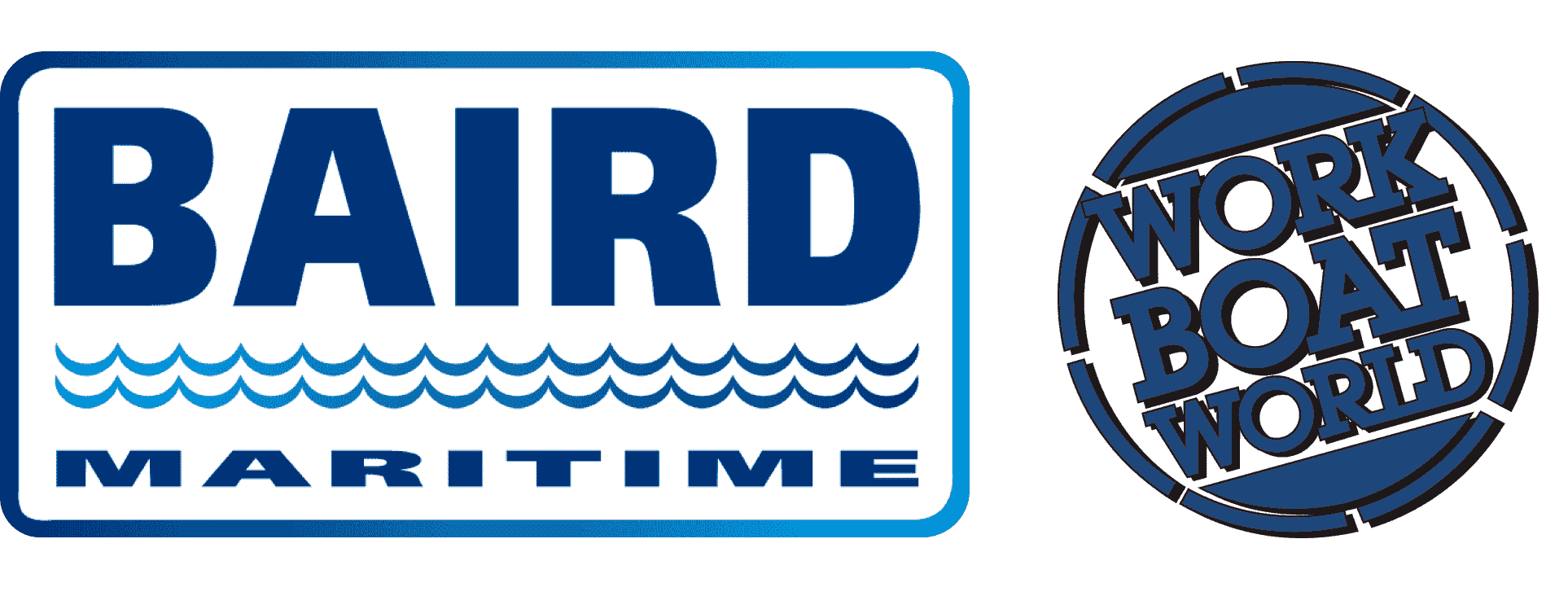New action plan to enhance US seafood import monitoring and traceability
NOAA Fisheries has developed a new action plan focused on combating illegal fishing and enhancing seafood traceability as part of a comprehensive review of the Seafood Import Monitoring Program (SIMP).
NOAA Fisheries gathered feedback on how to enhance the program's effectiveness from more than 7,000 stakeholders including seafood industry professionals, foreign governments, researchers, and civil society groups.
The resulting input shaped an action plan designed to strengthen the program's impact, focusing on combating illegal, unreported, and unregulated (IUU) fishing and bolstering seafood traceability.
NOAA Fisheries assured that, while implementing the action plan, it will continue to support industry to minimise disruptions in seafood supply chains, reduce compliance challenges, identify supply chain risks, and increase confidence in the process.
"Our goals are to strengthen the U.S. domestic seafood industry by promoting fair trade practices in the global seafood supply chain while building capacity to maintain and grow the program," Dr Richard Spinrad, NOAA Administrator and Undersecretary of Commerce for Oceans and Atmosphere, said. "Once implemented, the changes to our Seafood Import Monitoring Program that we are announcing will fundamentally improve our ability to prevent and deter IUU fish and fish products from entering our market and will contribute to US government efforts to address labour abuses in the seafood supply chain."
Key planned actions include:
Expanding SIMP traceability requirements to all US seafood imports by creating a two-tier system that prioritises species based on their risk level
Enabling pre-entry screening of SIMP imports
Developing a pilot program for a voluntary government-to-government import data program
NOAA Fisheries will work with partner agencies to take a more proactive approach to identify and prevent products produced with forced labour from entering the US market. This includes:
Strengthening partnerships with US Customs and Border Protection and the Department of Labor
Collecting additional data to address forced labor risks in seafood supply chains
To promote fair trade, the program will address administrative challenges and simplify reporting procedures. This includes:
Updating permitting and reporting procedures
Modifying current data requirements
Developing additional SIMP compliance materials
Modernising the National Permit System


